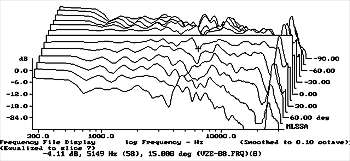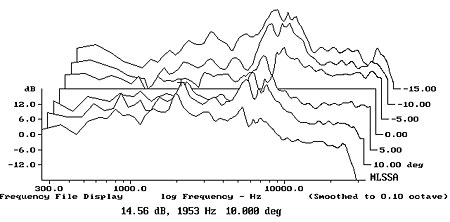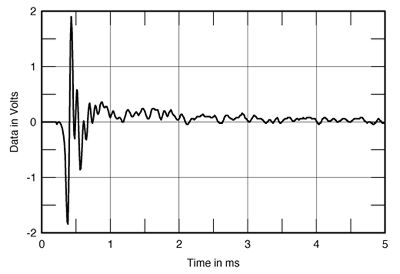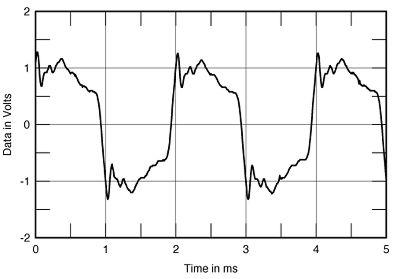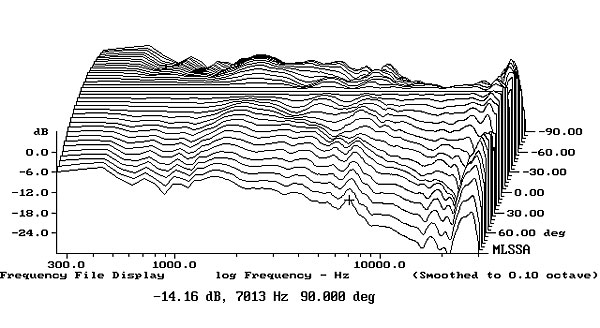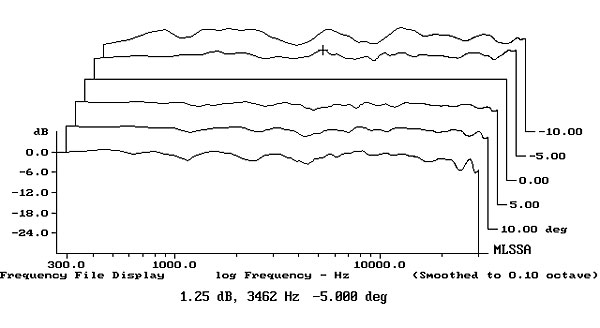But why do you insist in choosing on axis as your listening axis while your equipment can tell you which is the best reference axis for a given speaker?Someone said on-axis errors are not important if off-axis is good. This simply is not the case. Due to precedence effect, we absolutely care more about on-axis response. Off-axis is supporting role, not primary. Maybe there are exception to this but it is rare.
Is there something ideological or religious in this?

